Bestivus: A Year-End List For the Restofus
2024 In Review: New Classics, Pending Archeology, and My Favorite Things
The word “supergroup” may have some PR value, but I HATE it and wish it were forever banned from music marketing vernacular. My pet peeve about this is twofold. For starters, whenever I hear the word “supergroup,” this is what immediately comes to mind:
I also have PTSD from a supergroup experience that occurred during my formative teen years that left me profoundly and permanently scarred. Some of you may remember the #1 US album of 1982, Asia.
As a die-hard prog-rocker, the press had me all aquiver about this “supergroup” comprised of former members from bands considered prog-rock royalty: Yes, King Crimson, and ELP. I had all the optimism of a didgeridoo player with a beeper, ticking off the days until the album release on a calendar and ramping up my expectations to lofty heights. This was going to be the BEST. ALBUM. EVER—the Proggiest Prog-rock album in all of Proglandia! Guitar solos would glide with gossamer wings across windswept plains, ascending the misty mountain peaks until born skywards by cosmic keyboards. Bass lines would dance and spar with intricate drum patterns in time signatures so complex that the entire math department at my high school would resign in terror. A new generation of proggers would arise from the ashes of tainted loves, never to call Jenny at 867-5309 again.
Asia turned out to be more of a stuporgroup than a supergroup. The album was a plodding, ponderous collection of overwrought pop rock so vapid that it would have to improve severalfold to reach “sucks.” All four virtuoso musicians were on autopilot regarding musicianship, eschewing all that made their reputations in the first place. Orcs, wizards, and magic were utterly absent as the invitation to dance on prog-rock’s grave was ushered in by this album that went on to sell over ten million copies. Disappointment, thy soundtrack is Asia.
So when I received an email about a December release of a new Blue Note “supergroup” called Out Of/Into, I cringed, despite my deep respect for all the band members involved. Joel Ross, Gerald Clayton, Kendrick Scott, Matt Brewer, and Immanuel Wilkins are all accomplished players and composers, and all have either led or played on records I’ve loved over the last few years. Still, “supergroups” can be corporate constructs, forced situations, or lame attempts to separate fans from their money. Fortunately for everyone, Out Of/Into isn’t a supergroup. I wouldn’t even call them a group. Out Of/Into is a band, and their first album, Motion I, is among my favorites of 2024, which has been another stellar year for new and archival releases. Here’s a list of my favorite records from this past year and a rare video appearance I made last week on YouTube, where I get into even more detail on a few of them.
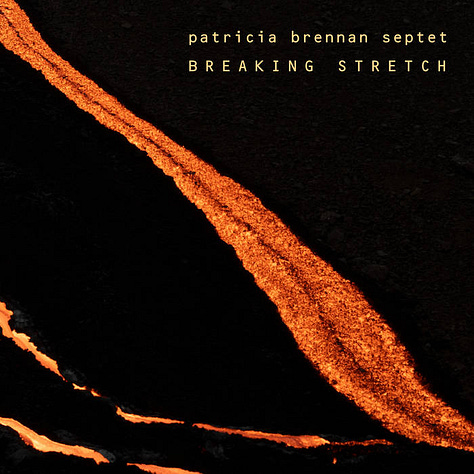
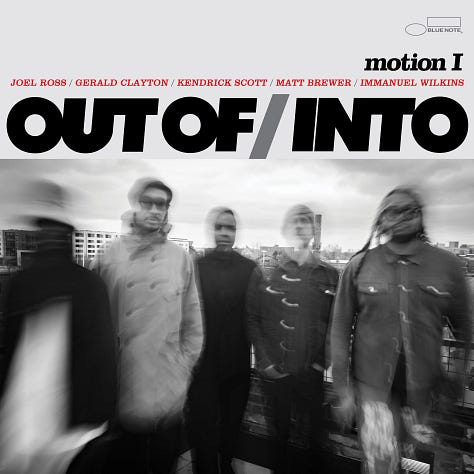
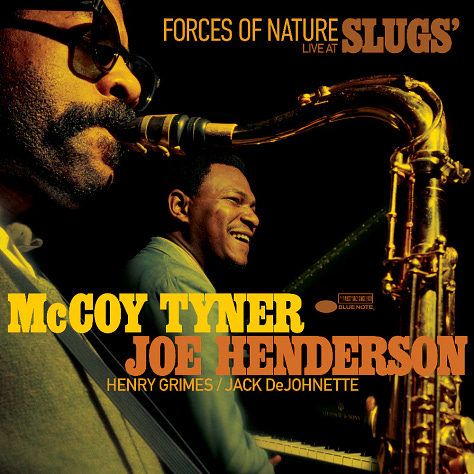
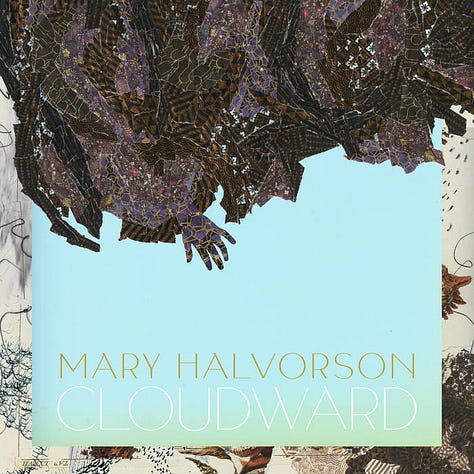
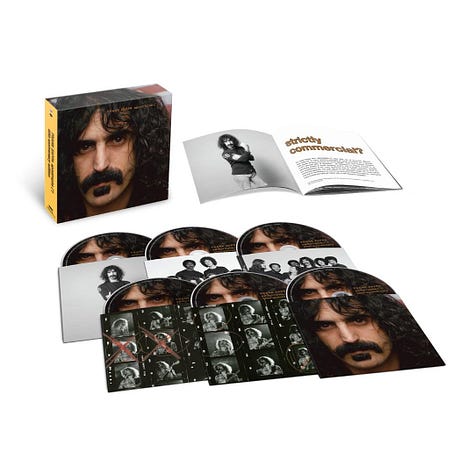
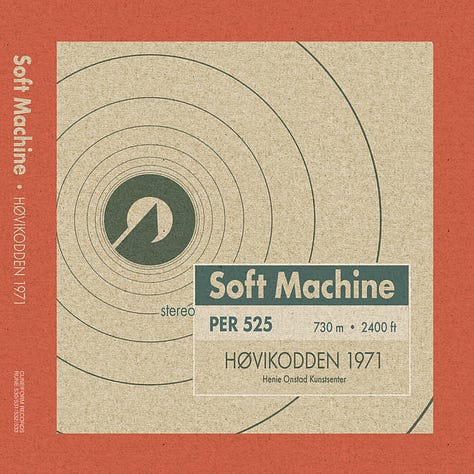
Patricia Brennan Breaking Stretch—I’m not alone in putting this album on my 2024 faves list, and I hope that the inclusion of Breaking Stretch on so many lists gets more people listening. Vibraphonist/marimbaist Brennan expands her core quartet to a sextet, ramping up harmonic and rhythmic complexity to create a modern jazz masterpiece that will be enjoyed and discussed for decades. If the enigmatic compositions of Andrew Hill and Joe Chambers intrigue you while solving rhythmic puzzles in the listening chair and on the dance floor, this record demands your attention. Purists who eschew electric instruments or snub digital formats will miss out on a future classic—don’t be that person. I’m linking to the hi-res 24/96 files on Bandcamp because they sound WAY better than standard CD/Redbook audio.
Out of/Into Motion I—If you’re wondering how I can write anything meaningful in a 2024 roundup about a record that’s only been out for ten days, you’re asking good questions! In full disclosure, I had an advance copy of the music in mid-October, and before the month was out, I was smitten with this record. Lee Morgan’s The Procrastinator meets Bobby Hutcherson’s Medina meets Miles Davis’s E.S.P. is a starting point in describing the music. However, an improvisational flair gives the delivery a little more freedom and a lot more swing. The recording also sounds GREAT. I meant what I said earlier about Out Of/Into being a band rather than a group, and I hope this band has a lot of fuel in the tank—I’d love to see them make more albums in the studio AND on stage.
McCoy Tyner & Joe Henderson Forces of Nature Live at Slug’s—Few things get my blood pumping like the promise of a previously unreleased live recording. I live for archival live releases like this. Forces of Nature captures one night of a weeklong engagement in 1966 by the quartet of McCoy Tyner-piano, Joe Henderson-tenor sax, Henry Grimes-bass, and Jack DeJohnette-drums. If you plan to put this album on as background music while you water your Venus flytraps or feed your day geckos, prepare yourself for disappointment. Put on your active listening hat, as this is full-contact jazz that’s often high intensity, and a dense mix requires that you pay close attention. However, for all the jazz pummelling afoot, my favorite moment is Joe Henderson’s solo during the sole ballad “We’ll Be Together Again.” Ten points, Gryffindor, and a million for Joe Henderson.
Mary Halvorson Cloudward—During my first plane trip as a youngster, when the Captain’s voice took over the cabin to inform us of our altitude, velocity, and ETA, I asked my father a dopey physics question. I wondered if the plane was traveling at nearly 500 MPH, what would happen if I stood in the aisle and jumped into the air—would I smash against the back wall of the plane at that speed, instantly turning myself into PanAm pizza? I’m sure he gave me a patient answer that didn’t begin with, “You physics ignoramus, it should be evident that you AND the plane are currently moving at the same speed…” Science, bitch. That said, listening to Cloudward gives me the feeling of what it would be like to have a variant of that sensation without the plane—suspended in the atmosphere with the illusion that I’m stationary while everything else is moving! Though the speeds are variable, I can see everything above, below, and around me in motion. The intended directions are unclear but not random. You can play this record for your friends who claim to be allergic to Avant-garde, free, or outside jazz. Even the edgier moments are lovely. Ms. Halvorson is quite a guitarist and composer. Also, Patricia Brennan strikes again!
Soft Machine Høvikodden 1971—Drummer Robert Wyatt was eyeing the exit ramp, but this quartet that recorded the essential Soft Machine double LP Third was an electric jazz wonder. They’d been playing together for over a year, giving them an excellent grasp of one another’s capabilities (and limitations) and a fierce improvisational appetite. A small portion of these recordings was issued a few years back, but this recording is the full monty, beautifully captured, and (for the most part) well-mixed. Saxophonist Elton Dean is a little low in the mix here and there, but I’m nitpicking. There are many live Soft Machine recordings to choose from, but this one is the apex predator of the classic lineup.
Frank Zappa Apostrophe(') 5CD + Blu-Ray Super Deluxe (50th Anniversary Edition)—One of the first CDs I purchased was Apostrophe(‘), which I consider one of the essential Frank Zappa albums. This recording is not only an audiophile delight, it’s one of the best “gateway” Zappa records—there’s a little something here for everyone, but not too much of any one Zappa proclivity that might get under your skin. The core album is a modest 35 minutes, and if you pick up the latest vinyl edition, you’ll be very happy with it. The “suite” on Side A is classic (even if you find the zaniness of the Yellow Snow saga silly or over the top) with superhuman musicianship. If you’ve decided to dismiss Zappa’s lyrics as too sophomoric or scatological for family game night, “Uncle Remus” on Side B reminds you that Zappa has always been a keen observer of racial inequality and the need for political reformation. The gold in this edition is the Atmos mix, which follows in the footsteps of the exquisite Overnite Sensation and Waka/Wazoo boxes. When did you last listen to the majestic beauty of “Blessed Relief?” This visualizer is fun, but if you have an Atmos-capable system or AirPods, you can hear the Atmos mix on Apple Music. It’ll blow your mind.
More Favorite Things 2024—A Face for Radio and Writing
I appreciated the invitation to appear with Ken Micallef on his Jazz Vinyl Audiophile YouTube channel to begin the conversation about some of these albums. The video is embedded here, and I’ve listed the records we discussed below it, along with brief descriptions (the video gets into more details for the curious). These aren’t ranked or presented in any particular order.
The Heath Brothers Paris 1967 (Sam Records)—Technically, this is a 2023 release. However, this knockout live record in the Strata-East/spiritual/modal lane arrived after last year’s list cutoff, and it’s been in regular rotation all year—another triumph for Sam Records.
Cassie Kinoshi’s seed. gratitude (International Anthem)—If gratitude has a soundtrack, it’s this album. It’s a magic listening experience when you’re lying in bed at 3:24 AM with a late-night case of “The Sads.” While “The Sads” hasn’t been added to the DSM yet, I expect it won’t be long. It’s when you start thinking about everything on your task list you didn’t accomplish. Then you remember the phone call from your friend you forgot to return last week and that other email you spaced replying to. That’s the onramp to deciding you’re a terrible friend—no, wait, that’s not enough—a terrible PERSON who always forgets to return calls and emails. So now, you begin to beat yourself up over everything you forgot last week, last month, and in 2023. It gets worse—suddenly, you remember the embarrassing thing you once said at the marketing meeting in 2011, and that time when you threw up on the bus in 2nd grade, and everybody called you “Vomit Kid” until 4th grade. When all those unhelpful thoughts are preventing sleep, Cassie Knoshi will come to the rescue. This record makes me feel relaxed, focused, and prepared—beautiful, powerful music.
Mal Waldron & Terumasa Hino Reminicent Suite (Barely Breaking Even Records)—I wouldn’t recommend playing this in the car the next time you take a relaxing Sunday afternoon drive. That is unless you’ve got a good story for the arresting officers subduing and cuffing you for doing twice the speed limit while gnawing through your seatbelt. Two sidelong epics of molten modality gave this Japanese Jazz record a well-deserved reputation for intensity when first released in the early 70s. However, scarcity made it a well-kept secret. Not anymore.
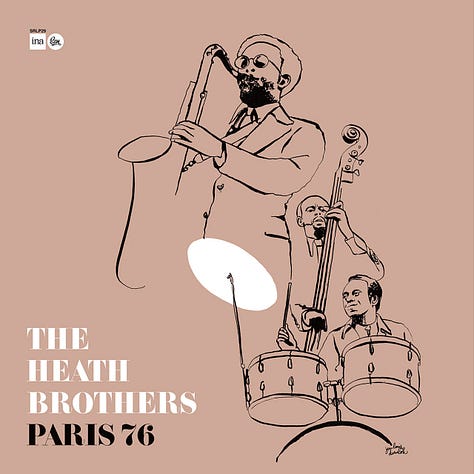
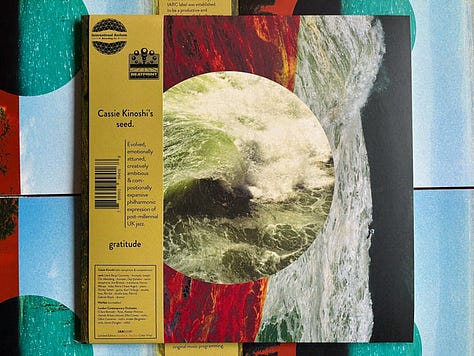
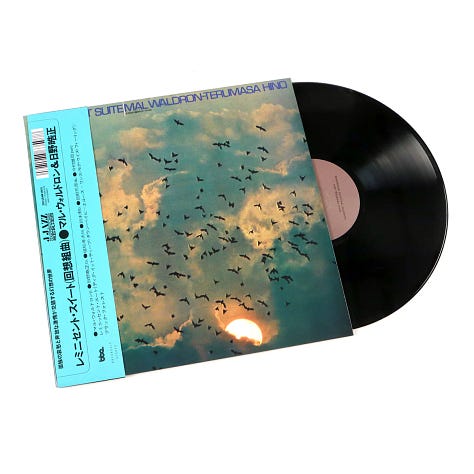
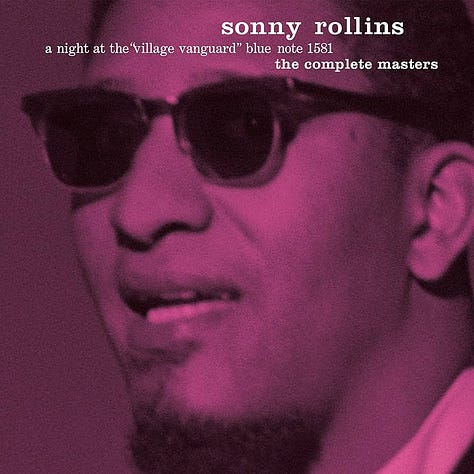
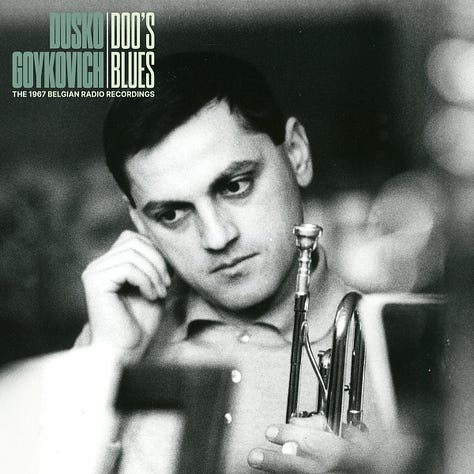
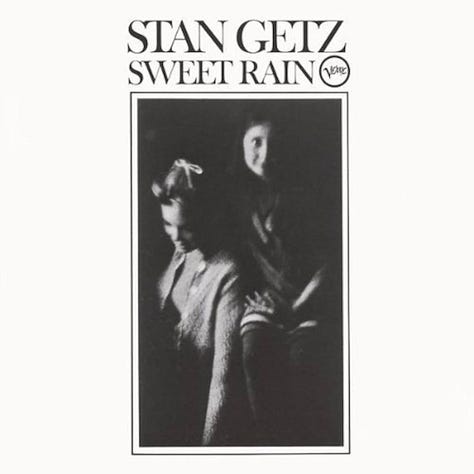
Sonny Rollins Live at the Village Vanguard: The Complete Masters (Blue Note/Tone Poet)—This is the vinyl edition I’ve always wanted, marrying the iconic OG release with the two Japan-only discs of additional material that found their way to a mid-70s double LP and the CD/digital era, but not sounding like this! A fresh transfer from the original tapes (apparently for the first time—who knew?) in a book-style triple gatefold with excellent liner notes by
make this edition the Top Tone Poet of 2024. Runners-up are Joe Lovano’s Trio Fascination and Bobby Hutcherson’s Total Eclipse.Dusko Goykovich Doo’s Blues: The 1967 Belgian Radio Recordings (Victrola/Sdban)—My wife knows that seductively whispering “previously unreleased live recordings in excellent quality” is a surefire way of getting my undivided attention. This record has my undivided attention. There are Dusko tunes here I’ve never heard before, as well as a few favorites from his excellent Swinging Macedonia. If the idea of Balkan folk tunes remade as jazz explorations intrigues you, you won’t want to miss this archival release, which seems to be flying under everyone’s radar. Now, please excuse me—my wife just told me that if I take the recycling to the curb, there are previously unreleased live recordings in excellent quality underneath the last bin.
Stan Getz Sweet Rain (Verve/Universal/Acoustic Sounds)—If you’ve got room for only one Stan Getz record in your library, make it this one. And if you don’t, you should make room for it. Sweet Rain is just as much about Chick Corea, who burns brightly.
Dr. Tree Dr. Tree (Wallen Bink/EMI NZ)—Imagine Weather Report and Return to Forever decided to collaborate on a few ideas to see how it might sound. Now, buy a copy of this double LP before the limited run of 600 is gone. You’re welcome. PS—if you dig the sound of the Fender Rhodes, this is the album for you!
Roland Kirk Rip Rig and Panic (Elemental/Limelight)—35 minutes of non-euclidian hard-bop, ironic swing, and surprises around every corner. My favorite Roland Kirk album finally gets a good-sounding, reasonably priced reissue. Kirk’s quote on the cover speaks volumes: “Rip means Rip Van Winkle (or Rest in Peace!) It’s the way people, even musicians, are. They’re asleep. Rig means like rigor mortis. That’s where a lot of people’s minds are. When they hear me doing things they didn’t think I could do, they panic in their minds. They all say, “Well, I didn’t know this kind of thing could happen.”
Sahib Shihab Jazz Party (ORG Music)—I was pleased to see this Record Store Day title receive so much attention, and after spinning it, I understand why: it sounds much better than any previous edition I’ve heard. Stunning.
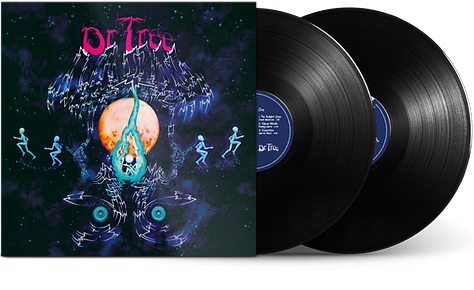
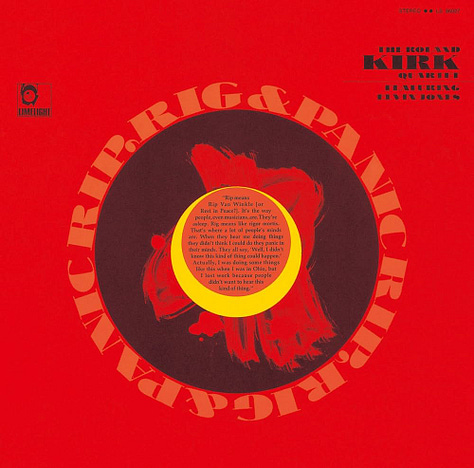

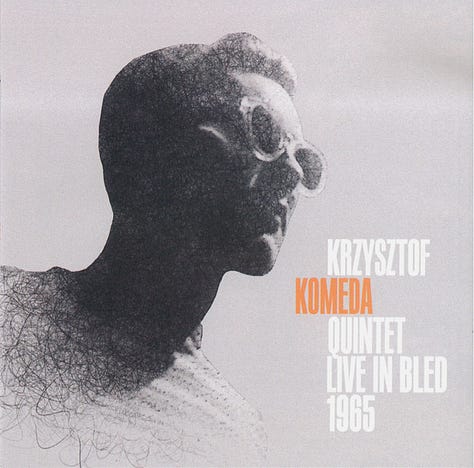
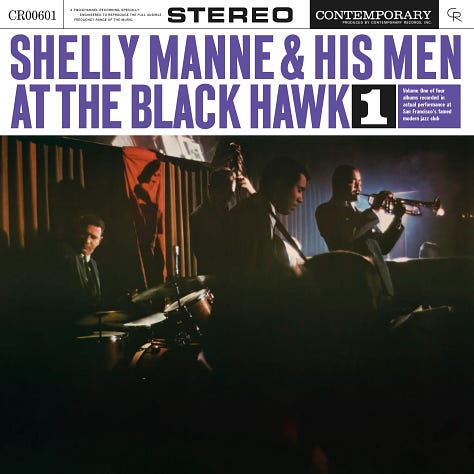
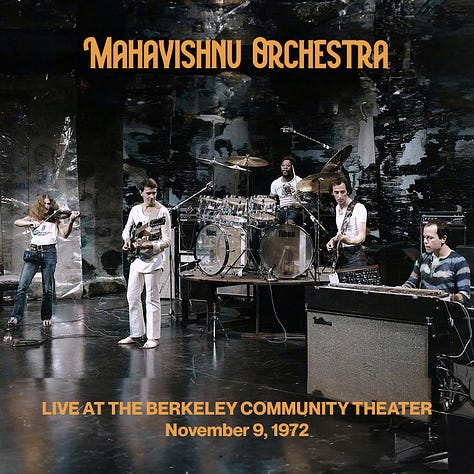
The Mahavishnu Orchestra Live at the Berkeley Community Theater 1972 (Renaissance)—Audiologists all predicted that it would be overexposure to Black Sabbath, Deep Purple, or Led Zeppelin that would clog their waiting rooms with classic rock hearing casualties. It turns out that the Mahavishnu Orchestra beat all of them combined. This concert is proof of why.
Krzysztof Komeda Quintet Live in Bled 1965 (GAD Records)—Komeda’s name may not immediately ring a bell, but can I get a show of hands from those who’ve seen or heard of the film Rosemary’s Baby? That’s Komeda’s soundtrack work. His brilliant jazz records are topped by Astigmatic, issued via Warner Music Poland in 1966, and regarded by many (including me) as one of the all-time most excellent European jazz LPs. This live recording occurred several months before Astigmatic, capturing Komeda’s group performing at the top of their game and with superb sound quality.
Shelley Manne & His Men at The Blackhawk (Contemporary/Craft)—All four volumes of At The Blackhawk (five if you count the CD-only collection of bonus tracks) are among the finest live jazz recordings ever. “Summertime” is the highlight—hat tip to Craft Recordings, who oversaw a tremendous job on this reissue.
Kenso An Old Warrior Shook the Sun (King Records)—A new Kenso record is an event: the last one was a decade ago. Don’t let the opening bars lull you into a false sense of Japanese City Pop/fuzak with fat guitar tones and straightforward rhythms. Soon enough, you’ll be in a world of complex prog-fusion, with influences ranging from John Zorn to Brand X to Canterbury-tinged space jams a la Khan’s Space Shanty. And that’s just the first track.

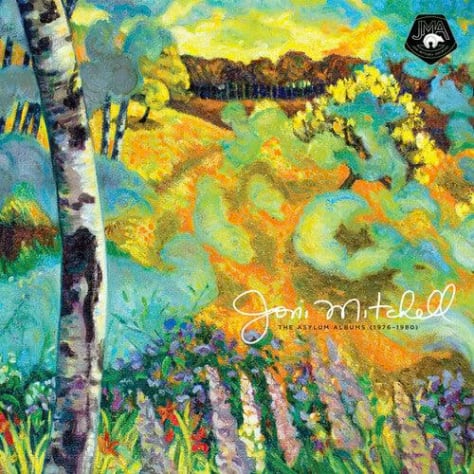

Joni Mitchell—tied between The Asylum Albums (1976-1980) and Archives Volume 4: The Asylum Years 1976-1980. I’m an unabashed Joni fanboy, so engage your bias alert. Two of Joni’s releases make my favorites list this year: the vinyl release of The Asylum Albums (1976-1980) and the digital edition of Archives Volume 4: The Asylum Years [1976-1980]. The vinyl box contains a beautiful pressing of Shadows and Light—one of the greatest, under-appreciated live albums of the 70s—and Hejira, an album I’ll have issued to everyone in America by Executive Order if I’m ever elected President. What’s so special about Hejira? Everything. Sometimes, I struggle to put it into words, but Dolly Parton said it best: “If I thought that deep, I’d scare myself to death.” Archives Volume 4 focuses on her live work from that era and the jazz underpinnings that make every performance unique. There’s a 4-LP highlights version (which I haven’t heard high-resolution digital files sound great. There’s also a lot more music in the digital version, though you don’t get the liner notes, and there’s much more music if you go the digital route. However, if you use a home music server like Roon combined with a quality streaming service like Qobuz, you can browse enough of the credits to fill in many details—here are some screenshots:


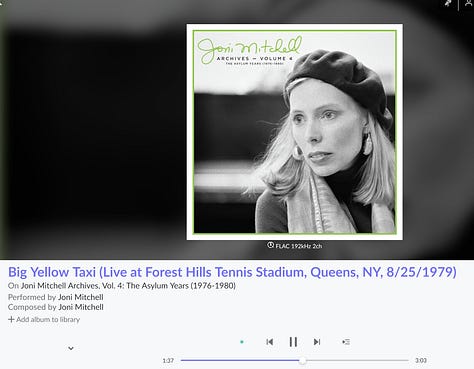


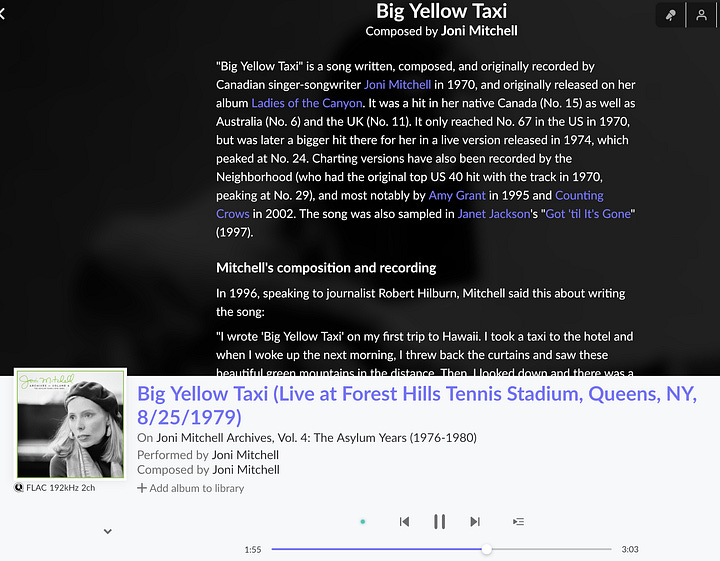

I’m still digesting Highway Prayers, the latest from Billy Strings, but this song “Gild the Lily” is a winner, and one of my favorite songs of the year:
In closing, let’s not argue about whether to call this jazz or not—Willow’s album Empathogen is FANTASTIC, and you should hear it. Her band is incredible, especially bassist Mohini Dey. Willow is working it all out right before our eyes, and I can’t wait to see and hear where she’s going to go next. I was in a store a few weeks ago and thought I heard what sounded like a Gentle Giant song playing over the store’s ceiling speakers, but with a female vocalist. Turns out it was Willow. Empathogen is on streaming services (again, hear the Atmos mix if you’ve got the gear), but if you’re skeptical start with her NPR Tiny Desk concert:





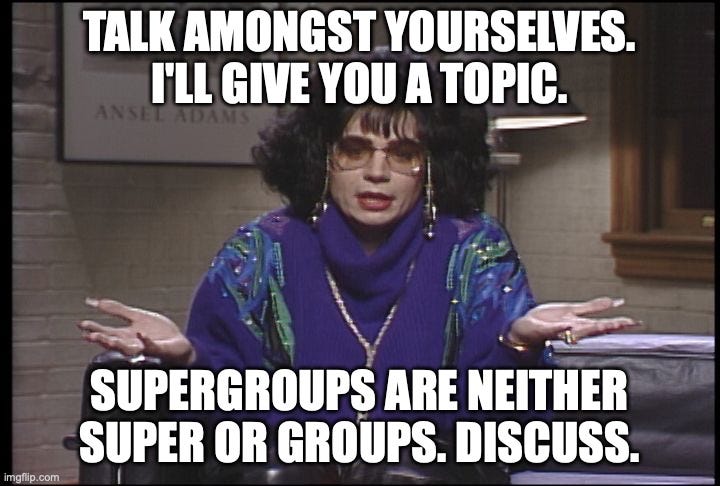
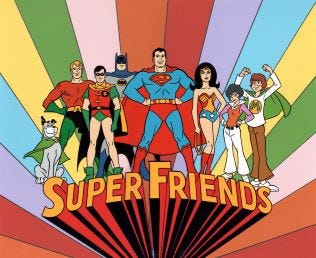
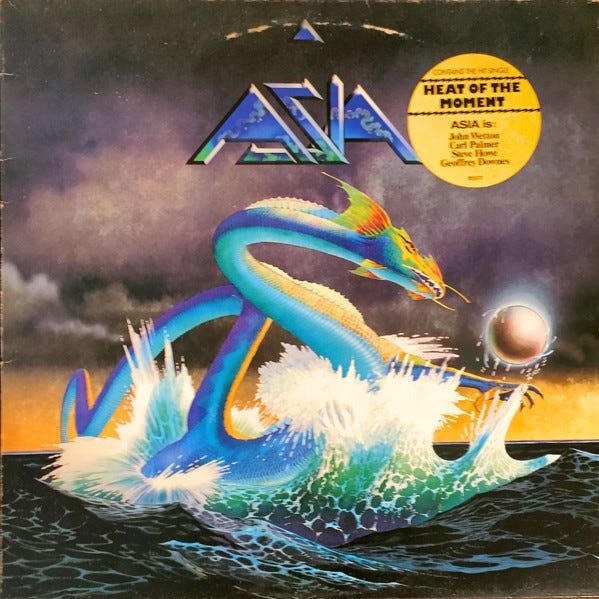
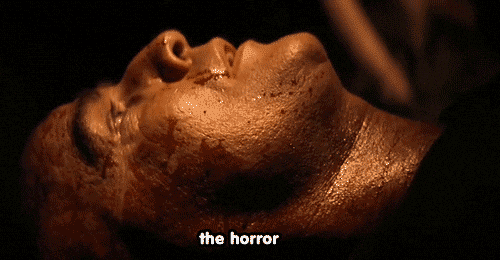
Funny, the Asia intro. I kinda liked the band as a kid because I wasn't into prog yet, so no expectations. For me they were just a new pop rock band. Completely agree on the supergroup thing, and on the wonderfulness of Out of/Into. Also on Brennan's and Halvorson's great records. Thanks Syd, as always.
Thanks again Syd much here for me to digest: new - I have to give a listen to all, old - well I’m still checking out’Forces’ which I pointed out caused me to end a 3 year fast breaking my vinyl addiction, almost went for something on RSD but got a grip at the last minute, still thinking about the Bill Evans though I have 6 of his from Resonance, maybe I’ll take the journey to Discogs soon. Heath Bros on SAM, again I have “lust in my heart, Of course I love Joni too, I don’t know I heard Soft Machine live in 1969 open for Jimi Hendrix at the ASU Women’s Gymnasium, didn’t grab me then but maybe I’ll give another try to see how it resonates now.